Limelight (1952 film)
8.2 /10 1 Votes
Genre Drama, Music Duration Language English | 8/10 IMDb Music director Charlie Chaplin Story by Charlie Chaplin Country United States | |||||||||||||||||||||||||||||||||
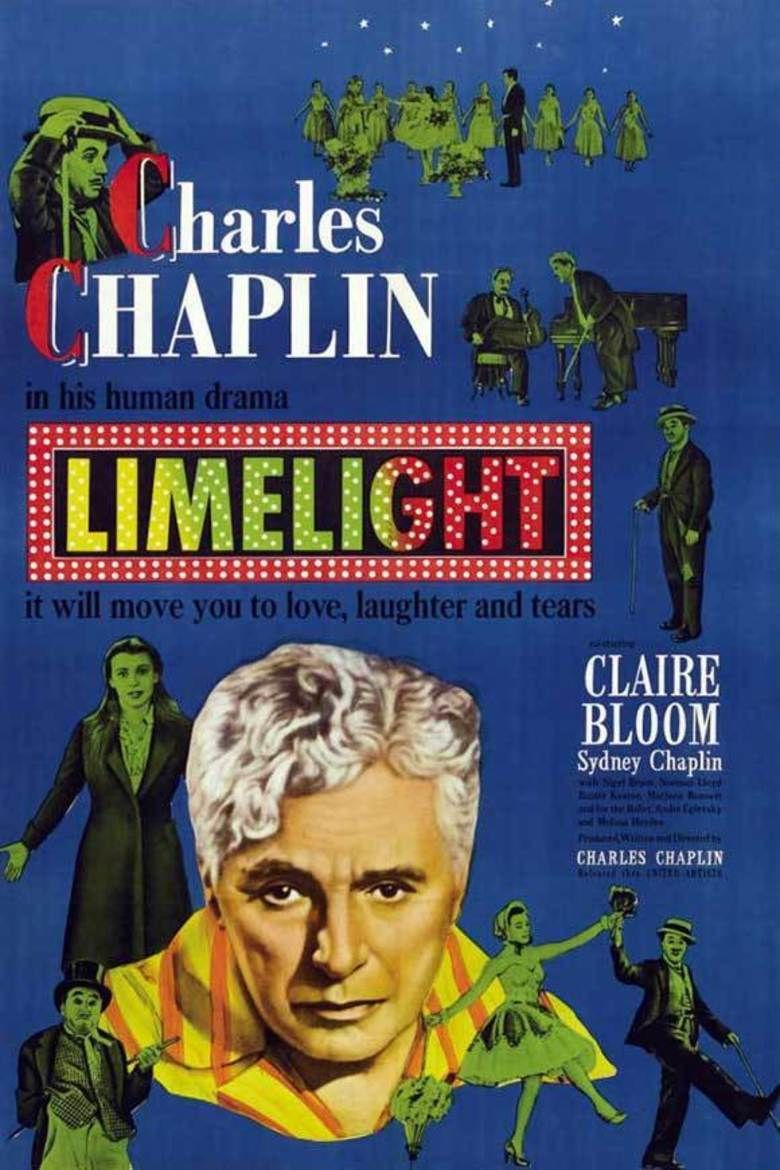 | ||||||||||||||||||||||||||||||||||
Release date 1952 (1952) Writer Charles Chaplin (original story and screenplay) Cast Charles Chaplin (Calvero), (Terry, a Dancer), (Postant, an Impresario), (Calvero's Partner), Sydney Chaplin (Neville), (Bodalink)Similar movies The Red Shoes , StreetDance 3D , Shall We Dance , Gaby , Crows , The Flag Tagline The masterpiece of laughter and tears from the master of comedy! | ||||||||||||||||||||||||||||||||||
Limelight 1952 charles charlie chaplin musique du film les feux de la rampe soundtrack hd hq
Limelight is a 1952 comedy-drama film written, produced, and directed by Charlie Chaplin. Unlike his earlier films, the score was composed by Chaplin and arranged by Ray Rasch, marking this as the first film that he did not musically arrange.
Contents
- Limelight 1952 charles charlie chaplin musique du film les feux de la rampe soundtrack hd hq
- Plot
- Production
- Reception
- Music
- Home video
- Legacy
- References
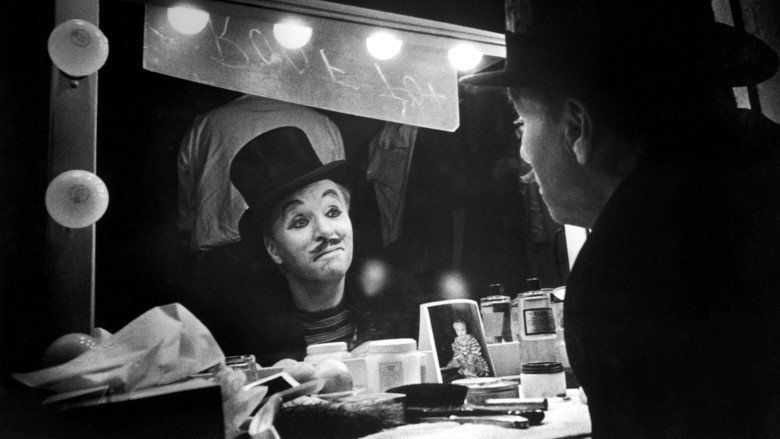
The film stars Chaplin as a washed-up comedian who saves a suicidal dancer from killing herself, played by Claire Bloom, and both try to get through life; additional roles are provided by Nigel Bruce, Sydney Chaplin as Sydney Earl Chaplin, Wheeler Dryden, and Norman Lloyd with an appearance from Buster Keaton. In dance scenes, Bloom is doubled by Melissa Hayden.
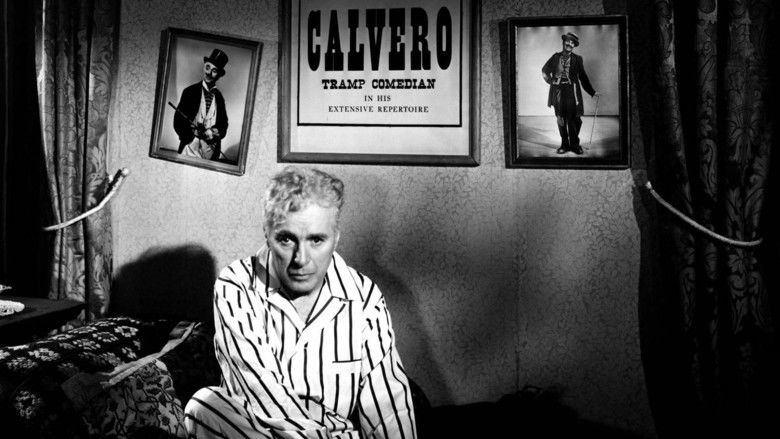
Upon the film's release, critics' reception was divided; it was heavily boycotted in the United States, and commercially failed. However, the film was re-released in the United States in 1972 which included its first screening in Los Angeles. This allowed the decades-old film to be in contention for the 45th Academy Awards where Chaplin won his only competitive Academy Award. Today, the film is sometimes regarded as one of Chaplin's best and most personal works, and has since attained a cult following.

Plot

The movie is set in London in 1914, on the eve of World War I (and the year Chaplin made his first film). Calvero (Charles Chaplin), once a famous stage clown but now a washed-up drunk, saves a young dancer, Thereza "Terry" Ambrose (Claire Bloom), from suicide. Nursing her back to health, Calvero helps Terry regain her self-esteem and resume her dancing career. In doing so he regains his own self-confidence, but his attempts to make a comeback meet with failure. Terry says she wants to marry Calvero despite their age difference, although she has befriended Neville (Sydney Earl Chaplin), a young composer Calvero believes would be better suited to her. In order to give them a chance, Calvero leaves home and becomes a street entertainer. Terry, now starring in her own show, eventually finds Calvero and persuades him to return to the stage for a benefit concert. Reunited with an old partner (Buster Keaton), Calvero gives a triumphant comeback performance. He suffers a heart attack during a routine, however, and dies in the wings while watching Terry, the second act on the bill, dance on stage.
Production

Although the film is set in London, it was entirely filmed in Hollywood, mostly at the Chaplin Studios. The street where Calvero lives was a redressed set at Paramount Studios, the music hall scenes were filmed at RKO, and some exterior scenes use back-projected footage of London. Chaplin prominently featured members of his family in the film, including five of his children and his half-brother Wheeler Dryden. Chaplin chose stage actress Claire Bloom for the role of Terry, her first major film role. Chaplin told his older sons he expected Limelight to be his last film. By all accounts he was very happy and energized during production, a fact often attributed to the joy of recreating his early career in the Music Hall. Chaplin biographers have assumed that his character in the film was based on his father Charles Chaplin, Sr. who had also lost his audience and became an alcoholic, which led to his death in 1901. In both his 1964 autobiography, and his 1974 book My Life in Pictures, however, Chaplin insists that Calvero is based on the life of stage actor Frank Tinney. Limelight was made during a time where Chaplin himself was starting to lose his audience; in many ways, the movie remains highly autobiographical.

The pairing of Chaplin and Buster Keaton in the final musical number is historic for being the only time the two performed together on film. Chaplin at first had not written the part for Keaton because he believed that the role was too small. It was not until he learned that Keaton was going through hard times (before Limelight, Keaton had gone through a disastrous marriage, lost most of his fortune in the divorce process, and had appeared infrequently in films in the preceding years) that Chaplin insisted Keaton be cast in the film. A rumor has persisted, fueled by the intense rivalry among fans of the two comics, that Keaton gave such a superior performance that Chaplin jealously cut his scenes so he would not be upstaged by his rival. A close associate of Chaplin claimed that Chaplin not only did not feel threatened by Keaton's performance, but also heavily edited his own footage of the duet while enhancing Keaton's. According to Keaton's biographer Rudi Blesh, Chaplin eased his notoriously rigid directorial style to give Keaton free rein to invent his own comic business during this sequence. Keaton's widow Eleanor claimed that he was thrilled with his appearance in the film, and believed his business partner Raymond Rohauer started and fed the rumors. Chaplin's son Sydney, who also appeared in the film, said that even if some of Keaton's best scenes were cut (which he did not believe), the storyline would not logically allow a supporting actor to suddenly appear and upstage the climactic comeback of Chaplin's character.
Reception
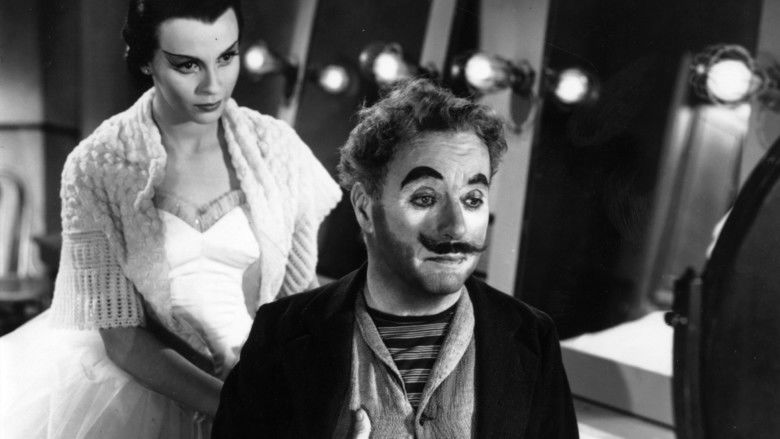
While touring Britain to promote the film, Chaplin learned that he had been refused a re-entry visa to the United States because of his alleged communist sympathies, and many American theaters refused to play Limelight. Outside of cinemas in several East Coast cities, the film was not seen by the American moviegoing public. It was not until 1972 that the film was finally seen in wide American release. Limelight currently holds an excellent 96% on Rotten Tomatoes. The film was massively popular in Japan. It was enormously successful in Europe and around the world. However, in the US it was a relative disappointment, only taking in $1 million.
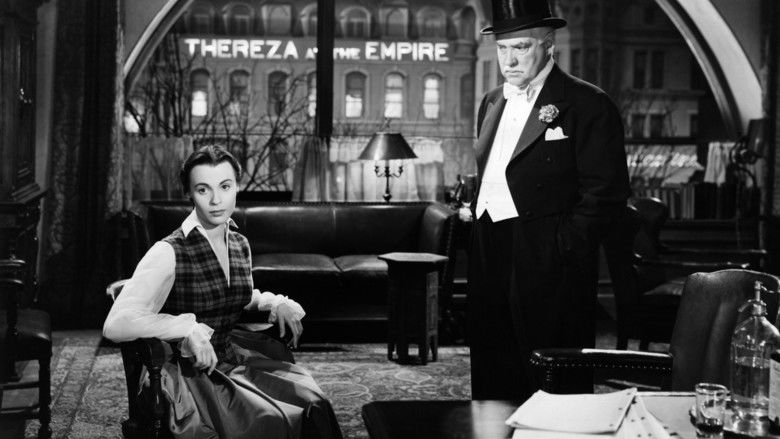
Limelight enjoyed a cumulative worldwide gross of $8 million. Chaplin biographer Jeffrey Vance notes that the film’s reputation has slowly grown over the decades. Vance maintains "Limelight is Chaplin's last great film, and it plays like a self-conscious summing up of his life and career. As a journey back to his beginnings and an often rapier-sharp self-critique, Limelight is Chaplin’s most deeply personal and introspective film."
Music
The theme to the film, titled "Terry's Theme" (written by Chaplin), became a popular and often-covered song as "Eternally", with words by Geoff Parsons and John Turner. In 1973, over 20 years after the film's first release, Chaplin and his musical collaborators Raymond Rasch and Larry Russell were awarded an Oscar for Best Original Dramatic Score. In the case of Larry Russell, JazzWax journalist Marc Myers reports that this was a case of mistaken identity and Russell Garcia was the actual composer who should have been awarded the 1972 Oscar. Larry Russell's family denies the report. Regardless, it was the only competitive Academy Award that Chaplin ever received (he had previously received two Honorary Oscars).
Home video
In 2003, Limelight was released in the United States on a special edition two disc DVD from Warner Home Video. It later went out of print. The Criterion Collection released the film on both Blu-ray and DVD in the United States on May 19, 2015.
Legacy
The sixtieth anniversary of Limelight was celebrated by the Academy of Motion Picture Arts and Sciences with a reception, panel, and film screening at their Samuel Goldwyn Theater in Beverly Hills, California, on October 3, 2012. Cast members Claire Bloom and Norman Lloyd shared their recollections in a conversation moderated by Chaplin biographer and archivist Jeffrey Vance.
References
Limelight (1952 film) WikipediaLimelight (1952 film) IMDb Limelight (1952 film) themoviedb.org
